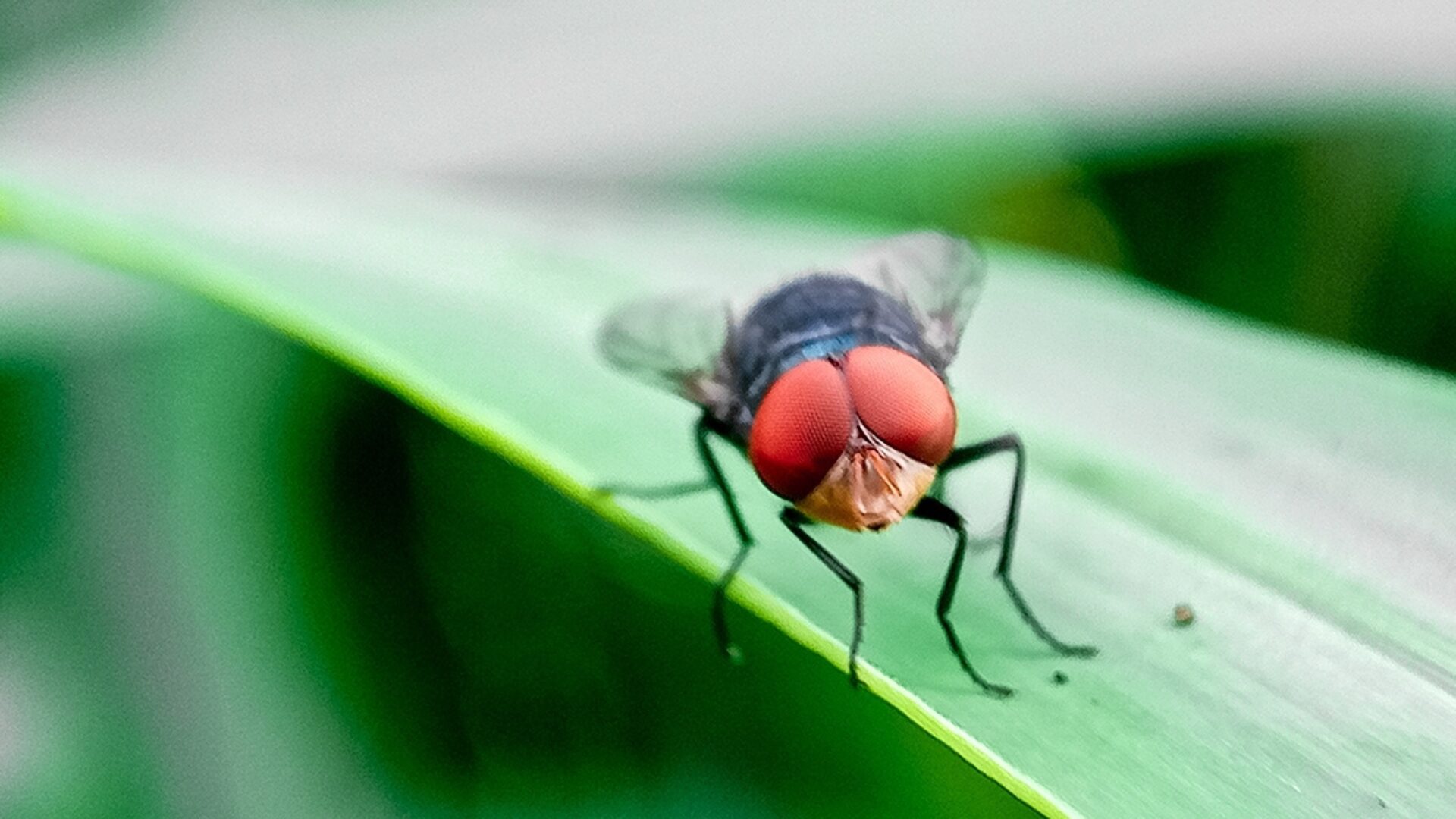COMMODITIES SUPERCYCLE
U.S. agriculture is at the beginning of a commodity “super cycle,” according to Brett Stuart, CEO of Global AgriTrends. He said China is driving markets for beef, pork, poultry and corn, and that a pandemic recovery and weaker dollar will boost the global commodities market, reported Successful Farming (Feb. 8).
FARMERS EMBRACING AI
An increasing number of farmers want to implement artificial intelligence into their practices, and revenue generated in the “global AI in agriculture market” is expected to spike by 30.5% CAGR during 2020-30, according to Research and Markets.
The most growth is likely to be in drone analytics. With surging requirements for high-quality crops, producers are making significant investments in agricultural drones.
AVOCADO IMPORTS AT RECORD LEVELS
The U.S. imported a record 277 million-lbs. of Mexican avocados in the first four weeks of the year leading up to the Super Bowl, a 19% increase vs. the same period a year ago, according to a report from Avocados from Mexico.
Meanwhile, Hass avocado producers expect to ship about 60.2 million-lbs. the week of Feb. 21, up from the 57 million-lbs. projected for the week of Feb. 14, according to the Hass Avocado Board. The board reported shipments totaling 43.2 million-lbs. for the week of Feb. 7.
BREAKTHROUGH IN THE FIGHT AGAINST CITRUS GREENING
Researchers may have found a breakthrough in the fight against huanglongbing (HLB), better known as citrus greening. Scientists at the University of California, Riverside, found a naturally-occurring peptide common in some Australian HLB-tolerant citrus relatives which can fight and inhibit new HLB infections.
Meanwhile, the U.S. all orange forecast for the 2020-2021 season was set at 4.6 million-tons, up 2% from the previous forecast, but down 11% from the final utilization of the 2019-2020 season, according to USDA. Florida’s all orange forecast was down 17% from the prior season’s final utilization.












